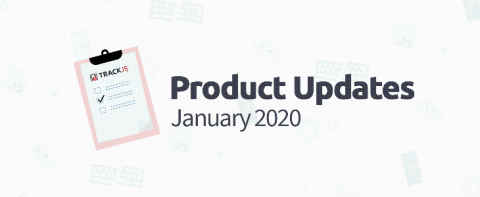Operations | Monitoring | ITSM | DevOps | Cloud
Debugging
Parsing Query Strings in .NET Core
We recently needed to parse and modify some query strings while building Request Metrics. Query string parsing has never been pleasant in .NET, has it improved in .NET Core? We were familiar with HttpUtility.ParseQueryString() for the task, but that API has a major landmine. With the release of .NET Core, Microsoft took another swing at it. We figured we’d try the new way and see how they did! If you want the fully uncensored version, check out the video above.
A Practical Guide to JavaScript Debugging
Being a UI developer, I’ve learned one thing: It doesn’t matter how carefully you write your code. Suppose you’ve double-checked that you defined and called all functions the right way or followed all the best practices. Even then you’ll see that a tiny variable can sneak behind and create an error. Now, suppose you find out that for some unknown reason a form validation or submit button isn’t working.
Building Request Metrics
We’ve been working on something big. We’re building Request Metrics, a new service for web performance monitoring. TrackJS is a fantastic tool to understand web page errors, but what if your pages aren’t broken, just slow? What if the checkout page takes 10 seconds to load? What if that user API is slowing down from your recent database change? What pages have the worst user experience? Request Metrics will tell you that.
Effective Profiling in Google Chrome
This blog post will explain how to effectively profile your website so that you can deal with performance pain points. We’ll go through the two most used tools in Google Chrome for profiling: Imagine that you optimized your backend and everything is running smoothly. However, for some reason, the load time of your pages is still unreasonably high. Your users might be experiencing sluggish UI and long load times. This post will help you sort these issues out.
Deep Code Insights Simplifies Debugging, Improves Developer Productivity, Slashes MTTR
AppDynamics Deep Code Insights powered by Rookout provides source-code level, on-demand visibility to dramatically reduce MTTR.
Memfault for Embedded Overview
New debugging superpowers with Discover
Sentry makes it pretty easy to connect a customer-facing issue right to the line of code, the release, and even the commit that caused it. At least that’s what developers tell us on Twitter. But you’re rarely working with obvious errors or errors affecting just one user. That’s why we added some new features to Discover and made diagnosing root causes even easier.
January 2020 Product Updates
The TrackJS team is hard at work polishing the product to make it even better at tracking JavaScript Errors. Here’s what we shipped in January.
A New Look for TrackJS
It’s a new year and TrackJS has a new look. It’s smaller, it’s simpler, and it feels friendly–just like TrackJS. These minor refinements to our brand do a better job at emphasizing what were best at: easy to use and user-focused. The colors are brighter and clearer, the fonts are more refined, and there is just less noise.











